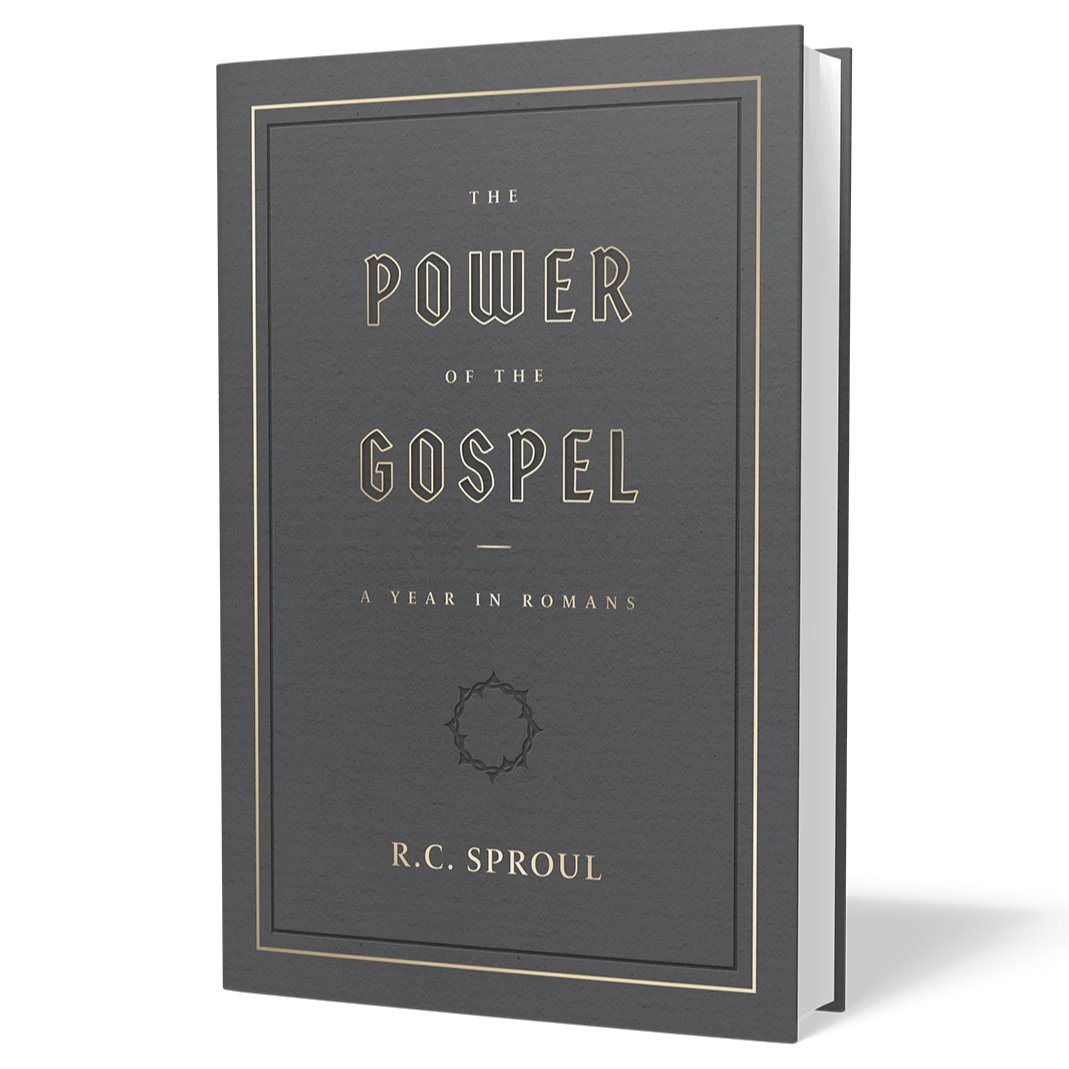Tips for Reading Early Christian History

In the last several decades, evangelical Protestants have become increasingly interested in what we call “the patristic period,” the several centuries after the end of the New Testament. And for good reason—the history of the early church is fascinating. It includes examples of heroic Christian living, brave defenses of the faith against opponents within and without the church, dramatic missions work, and more. It is history that is well worth reading. But since early Christian history is a strange new world for most of us, I would like to offer some cautions for people seeking to read it.
1. Be aware that all history involves interpretation.
No book, podcast, or television show ever presents the facts, just the facts, and nothing but the facts. The very act of telling the story of history involves choosing which information to include, and that involves interpretation. When you read a book on the early church—or on the history of any time period or place in Christian history, for that matter—you are getting an interpretation. Furthermore, you wouldn’t want it any other way, because it is the interpretation that gives meaning to the facts. What you want is not “just the facts” but the interpretation of the facts that brings out their true significance.
2. Recognize that in the case of almost all of church history, we don’t have a divinely inspired interpretation.
For the history of Israel, the life of Jesus, and the church history covered in the book of Acts, we do have such divinely inspired interpretations—interpretations that are completely trustworthy because they are God’s interpretations of the events in question. But for Christian history after the end of the New Testament, and even for Christian history that took place at the time of the New Testament but isn’t mentioned in Acts, the interpretations we have are human interpretations. These can be helpful, but they are certainly not infallible.
3. As you read a particular interpretation of early Christian history, think about the perspective that influences that interpretation.
Let me give three examples of such perspectives. First, secular historians generally describe historical events in terms of purely human causes. Their interpretations are worth reading, but they leave out what we believe is the most important cause: God’s providential guidance of His church.
As we read early Christian history, we should not be discouraged or begin to doubt our faith just because the early Christians didn’t understand everything perfectly.
Second, some historians use the events of the early church primarily to defend their own Christian tradition. Take a case where a third-century bishop wrote a letter to the bishop of Rome to ask advice about how to handle a particular situation (something that happened often in that century). Roman Catholic historians often say that such a letter means the bishop acknowledged the supremacy of the pope and submitted to his judgment. That’s possible, and it was certainly the case that a thirteenth-century bishop writing such a letter would be consciously submitting to the pope, but in the third century it is more likely that it was just a case of one pastor asking another pastor for advice.
Third, many historians of the early church are actually opposed to Christianity. They generally exaggerate the disagreements within the early church, turning a story of a church united around its faith in Christ into a free-for-all in which many different “Christianities” competed for people’s loyalty. Presenting history in this way gives the impression that there was no consensus at all about Christ, subtly undermining Christianity’s claim to be true. Anytime you read a book on the early church, it is helpful to ask yourself where the historian is coming from, what his assumptions are, and how those may affect (or even distort) the way he tells the story of Christianity.
4. Don’t expect the early church to have been right about everything.
Sometimes we tend to think that the church was perfect in the New Testament period and then gradually declined afterward. However, the church has never been perfect. When people become believers today, you don’t expect them to understand everything about the Bible on the first reading. They will make mistakes—probably significant ones—and it will take time, discipleship effort, and prayer for them to gain a good understanding of the Christian faith. We need to recognize that after the last Apostle died, the whole church was in the position of that new believer—reading the Bible for the first time and trying imperfectly to understand the faith.
For example, a few second-century Christian writers saw the Son and Spirit as semi-divine, less than the Father. That is a huge mistake, but it shouldn’t be a surprising one. As the church grew in wisdom and knowledge of Scripture, it was able to articulate clearly and unambiguously that the Father, Son, and Spirit are equal, eternal, and constitute a single Godhead. As we read early Christian history, we should not be discouraged or begin to doubt our faith just because the early Christians didn’t understand everything perfectly. They weren’t divinely inspired; only the Bible is.
The centuries after the New Testament are a fascinating time period and well worth our time and effort. But as we read, we need to be cautious and not accept uncritically the word of either the early Christians themselves or the modern historians who write about them. As with everything we read outside the Bible, we need to hold their writings up to the standard of Scripture.

